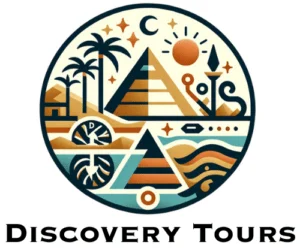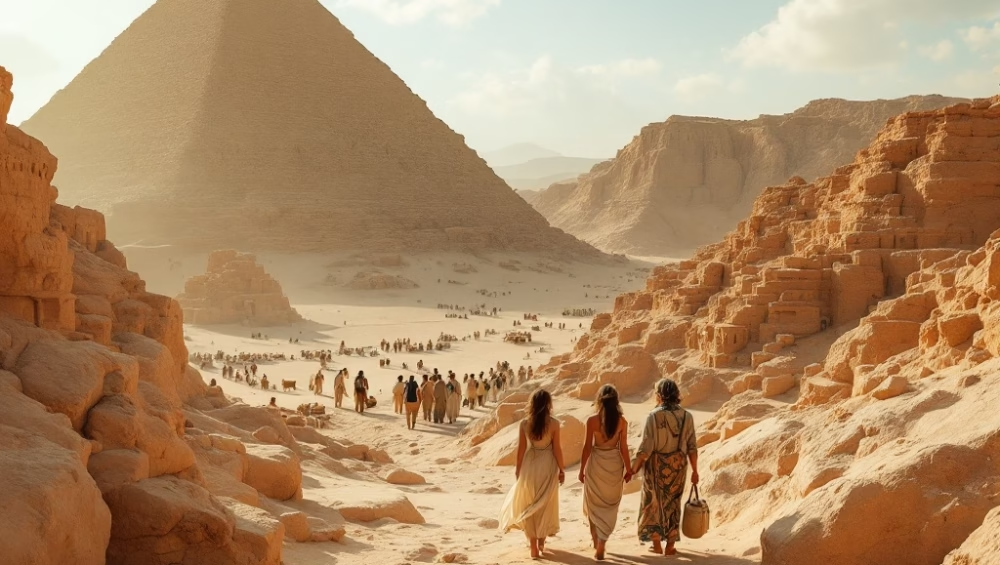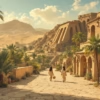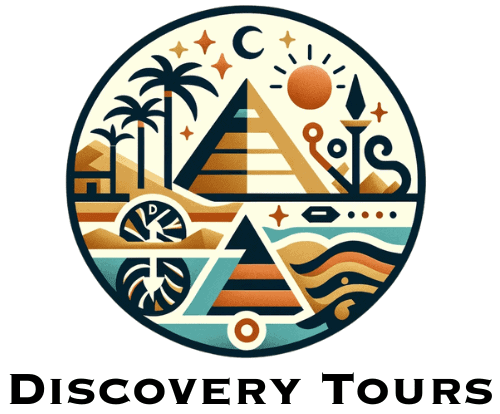Why Egypt’s Valley of the Kings is a Must-See for Travelers
As the early morning sun casts golden rays across the limestone cliffs, a small group of travelers stands in awe at the entrance of KV62 – King Tutankhamun’s tomb. The anticipation builds as they prepare to descend into one of history’s most remarkable discoveries. This is the Valley of the Kings, where ancient Egypt’s most powerful pharaohs chose their eternal resting place.
The Ancient Necropolis: A Testament to Royal Power
For nearly 500 years during Egypt’s New Kingdom period (16th-11th centuries BC), the Valley of the Kings served as the final resting place for pharaohs, queens, and noble officials. Unlike the conspicuous pyramids of Giza, these tombs were deliberately hidden within the natural landscape of Luxor’s west bank, creating an elaborate necropolis that would protect Egypt’s royal mummies and their treasures for millennia.
Architectural Marvels Below Ground
Each tomb in the Valley of the Kings tells its own story through intricate hieroglyphics and vibrant wall paintings that have remarkably retained their color for thousands of years. The engineering precision of these underground complexes is astounding – some extending more than 100 meters into the rock face, featuring multiple chambers, steep staircases, and elaborate burial rooms.
Must-See Tombs in the Valley
While there are over 60 known tombs in the Valley of the Kings, several stand out for their exceptional preservation and historical significance:
Planning Your Visit: Essential Tips
The key to an unforgettable Valley of the Kings experience lies in thoughtful planning. Early morning visits offer cooler temperatures and smaller crowds. A standard ticket includes entry to three tombs of your choice, but special tickets are required for certain tombs, including Tutankhamun’s.
Seasonal Considerations
The best time to visit the Valley of the Kings is between October and April when temperatures are more moderate. Summer months can be extremely hot, making it essential to plan visits during early morning hours and ensure proper hydration for visitors.
Enhancing the Experience
To truly appreciate the Valley of the Kings, consider these enriching additions to your visit:
Modern Discoveries and Ongoing Research
The Valley of the Kings continues to yield new discoveries. Recent technological advances, including ground-penetrating radar and high-resolution scanning, have revealed previously unknown chambers and passages. These ongoing discoveries make each visit potentially unique, as new findings regularly enhance our understanding of ancient Egyptian civilization.
Practical Considerations for Travel Professionals
When organizing tours to the Valley of the Kings, working with an experienced local DMC can make all the difference. They can arrange priority access during peak seasons, coordinate with knowledgeable Egyptologists, and handle logistical challenges that might arise.
Photography and Conservation
Photography regulations in the Valley of the Kings can change, and some tombs restrict camera use to protect the ancient artwork. A professional DMC can keep you updated on current rules and help visitors document their experience while respecting preservation efforts.
Creating Memorable Experiences
The Valley of the Kings isn’t just a historical site; it’s a gateway to understanding one of humanity’s most fascinating civilizations. By incorporating elements like traditional Egyptian breakfast experiences, sunset visits to nearby monuments, or exclusive after-hours tours, visitors can forge deeper connections with this remarkable destination.
Whether you’re planning a specialized archaeological tour or incorporating the Valley of the Kings into a broader Egyptian itinerary, this ancient necropolis offers an unparalleled window into the past. With proper planning and expert guidance, every visit can become an unforgettable journey through time.





